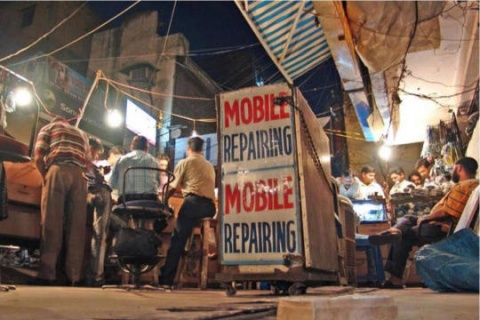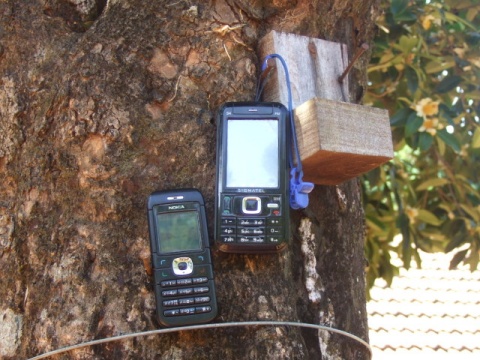Countries such as Indonesia, India and China are experiencing phenomenal growth in the mobile world, and one of the effects of this is that many online users do not have a home computer or laptop with a “proper” operating system on them – their phone is not only the gateway, but the only internet enabled device that they have.
This is not the norm in the western world, but it's something to note that in the make-up of Symbian OS and to a lesser extent the S60 user interface, the Symbian smartphone does not need to have access to another computer to make full use of its functionality.
While the symbiotic relationship of PDA and Computer has long been acknowledged (witness devices like the early Palm machines that pretty much required you to have a PC for backing up data and installing new applications), this is a trend that some manufacturers have continued to embrace. Without an installation of iTunes, you can't even switch on Apple's iPhone.

One of the strongest selling points of Symbian OS is that it does not need to have a partner desktop to help it do things. Not only is there enough power to give programmers the capability to make feature-rich, standalone apps, the S60 UI at every opportunity has assumed that it is alone. There is no “we'll have this feature just in the desktop music manager” - if something is to be done, it is done in the handset.
And I think this is what has driven the changing usage statistics between mobile web and PC-based web. People in countries such as China and India have no need to buy a home computer, and in many cases the cost is beyond their reach. With smartphones providing so much functionality in one box (still photography, video camera, a well specced MP3 music player, email client and web browser), there's a convincing argument to go straight from nothing to a smartphone for all your communication needs.

-- Ewan Spence, July 2009.
PS. A plea to coders everywhere on the Symbian platform – make sure everything you do works with just the handset. That's simple for games, but might need a bit more work if you are coding a PIM app or a utility. It's worth the effort. This is a plea to Nokia and the manufacturers, to make sure devices continue to work on their own, and never need any activation from a PC or functionality that's only provided on some client software. And it's a plea to the Symbian Foundation to keep this commitment in S^2 and the later versions of the operating system and UI when it all gets rolled together into one package.
